What Is the Thickness Range of Stainless Steel Sheets?

In my 15 years of manufacturing stainless steel sheets, I've noticed that thickness selection often becomes a critical challenge for many clients. Choosing the wrong thickness can lead to project failures and unnecessary costs.
Stainless steel sheets typically range from ultra-thin 0.1mm to thick 6.0mm gauges. The selection depends on application requirements, structural needs, and industry standards, with each thickness range offering specific advantages for different uses.
Through my experience working with global clients across various industries, I've gained deep insights into how thickness selection impacts project success. Let me share my knowledge to help you understand the complexities of stainless steel sheet thickness and make informed decisions for your specific needs.
The world of stainless steel thickness is more nuanced than most people realize. Having overseen countless production runs at MFY Steel, I've learned that understanding thickness specifications is crucial for both performance and cost-effectiveness.
What Are the Common Thickness Ranges for Stainless Steel Sheets?
After supplying stainless steel sheets to diverse industries, I've observed that confusion about standard thickness ranges often leads to specification errors and project delays.
Standard stainless steel sheet thicknesses commonly range from 0.1mm to 6.0mm1, with specific categories including ultra-thin (0.1-0.4mm), thin (0.5-1.0mm), medium (1.2-3.0mm), and thick (3.0-6.0mm) sheets.

Standard Thickness Classifications
Based on our manufacturing experience, here's a comprehensive breakdown of common thickness ranges:
| Category | Thickness Range | Common Applications | Key Characteristics |
|---|---|---|---|
| Ultra-thin | 0.1-0.4mm | Electronics, Medical devices | High precision, Flexibility |
| Thin | 0.5-1.0mm | Kitchen equipment, Panels | Good formability, Cost-effective |
| Medium | 1.2-3.0mm | Industrial equipment, Construction | Structural integrity, Durability |
| Thick | 3.0-6.0mm | Heavy machinery, Support structures | High strength, Load-bearing |
Industry-Specific Standards
Through working with various sectors, I've noted specific thickness preferences:
Construction Industry
- Facade panels: 1.0-1.5mm
- Structural components: 2.0-4.0mm
- Decorative elements: 0.8-1.2mm
- Support systems: 3.0-6.0mm
Manufacturing Sector
- Equipment housing: 1.5-2.0mm
- Process tanks: 2.5-4.0mm
- Ventilation systems: 0.5-1.0mm
- Machine guards: 1.2-2.0mm
Consumer Products
- Kitchen appliances: 0.4-0.8mm
- Cookware: 0.6-1.0mm
- Furniture components: 0.8-1.5mm
- Decorative items: 0.3-0.6mm
How Is Stainless Steel Sheet Thickness Measured?
Having managed quality control processes for years, I understand the importance of accurate thickness measurement in ensuring product quality and consistency.
Stainless steel sheet thickness is measured using precision instruments like micrometers and digital calipers2, with measurements typically expressed in millimeters or gauge numbers. Accuracy to within ±0.01mm is standard for quality control.

Measurement Methods and Tools
| Measurement Tool | Accuracy Range | Best For | Usage Context |
|---|---|---|---|
| Digital Micrometer | ±0.001mm | Precision work | Laboratory/QC |
| Digital Calipers | ±0.01mm | General inspection | Production floor |
| Ultrasonic gauge | ±0.1mm | In-situ measurement | Field inspection |
| Thickness gauge | ±0.05mm | Quick checks | Routine monitoring |
Quality Control Procedures
Standard Measurement Protocol
- Multiple point measurements
- Edge and center verification
- Statistical sampling methods
- Documentation requirements
Tolerance Management
- Industry standard tolerances
- Application-specific requirements
- Surface finish considerations
- Temperature compensation
Calibration Requirements
- Regular tool calibration
- Reference standard usage
- Environmental controls
- Measurement uncertainty calculations
What Factors Determine the Thickness of Stainless Steel Sheets?
Through years of manufacturing experience, I've learned that sheet thickness is influenced by multiple critical factors. Understanding these helps in optimizing both production and application.
The thickness of stainless steel sheets is determined by structural requirements, manufacturing capabilities, cost considerations3, and application-specific standards. Each factor plays a crucial role in the final specification.

Key Determining Factors
Based on our production expertise, here's a detailed analysis of influential factors:
| Factor Category | Impact Level | Considerations | Industry Examples |
|---|---|---|---|
| Load Requirements | High | Structural integrity, Safety factors | Construction, Heavy machinery |
| Manufacturing Process | Medium | Rolling capability, Equipment limits | Precision components |
| Cost Optimization | High | Material usage, Processing time | Commercial products |
| Industry Standards | Critical | Regulatory compliance, Safety codes | Medical, Food processing |
Technical Considerations
Material Properties
- Tensile strength requirements
- Yield strength specifications
- Corrosion allowance
- Deformation resistance
Processing Limitations
-
Rolling Mill Capabilities
- Maximum width capacity
- Minimum thickness achievable
- Surface finish requirements
- Tolerance control
-
Heat Treatment Effects
- Stress relief needs
- Dimensional stability
- Metallurgical properties
- Surface characteristics
-
Forming Requirements
- Bend radius specifications
- Welding considerations
- Assembly needs
- Post-processing options
What Are the Applications of Different Thicknesses of Stainless Steel Sheets?
In my experience working with diverse industries, I've seen how different thickness ranges serve specific applications effectively. Let me share insights from real-world implementations.
Different thickness ranges serve specific purposes: thin sheets (0.1-1.0mm) excel in lightweight applications, medium sheets (1.2-3.0mm) are ideal for general industrial use, and thick sheets (3.0-6.0mm) are crucial for heavy-duty applications.

Application-Specific Usage
| Thickness Range | Primary Applications | Key Benefits | Industry Sectors |
|---|---|---|---|
| 0.1-0.4mm | Electronics, Medical devices | Precision, Flexibility | Healthcare, Technology |
| 0.5-1.0mm | Kitchen equipment, Panels | Cost-effective, Formable | Food service, Architecture |
| 1.2-3.0mm | Industrial equipment | Durability, Versatility | Manufacturing, Construction |
| 3.0-6.0mm | Heavy machinery | Strength, Load-bearing | Infrastructure, Heavy industry |
Industry-Specific Requirements
Food Processing Industry
- Equipment surfaces: 0.8-1.5mm
- Storage tanks: 2.0-4.0mm
- Transport systems: 1.0-2.0mm
- Sanitary fittings: 1.5-2.5mm
Construction Applications
- Facade cladding: 1.0-2.0mm
- Structural elements: 3.0-6.0mm
- Interior finishes: 0.5-1.0mm
- Support systems: 2.0-4.0mm
Industrial Equipment
- Machine guards: 1.5-2.5mm
- Process vessels: 3.0-5.0mm
- Conveyor systems: 1.0-2.0mm
- Control panels: 0.8-1.5mm
How to Choose the Right Thickness of Stainless Steel Sheet for Your Project?
Drawing from my experience helping clients select appropriate specifications, I've developed a systematic approach to thickness selection that ensures optimal results.
Selecting the right thickness involves analyzing load requirements, environmental conditions, cost constraints, and industry standards. A balanced consideration of these factors leads to the most effective choice.

Selection Criteria Framework
| Consideration | Assessment Factors | Impact on Selection | Priority Level |
|---|---|---|---|
| Structural Load | Static/Dynamic loads | Direct correlation | High |
| Cost Efficiency | Material/Processing costs | Budget constraints | Medium |
| Regulatory Requirements | Industry standards | Compliance needs | Critical |
| Installation Method | Assembly requirements | Technical feasibility | Medium |
Decision-Making Process
Technical Analysis
- Load calculations
- Stress analysis
- Deflection limits
- Safety factors
Economic Considerations
- Material costs
- Processing expenses
- Installation costs
- Maintenance requirements
Practical Aspects
- Handling requirements
- Installation methods
- Maintenance access
- Replacement needs
Conclusion
Selecting the appropriate stainless steel sheet thickness requires careful consideration of technical requirements, industry standards, and practical limitations. Understanding these factors ensures optimal performance while maintaining cost-effectiveness.
Have Questions or Need More Information?
Get in touch with us for personalized assistance and expert advice.
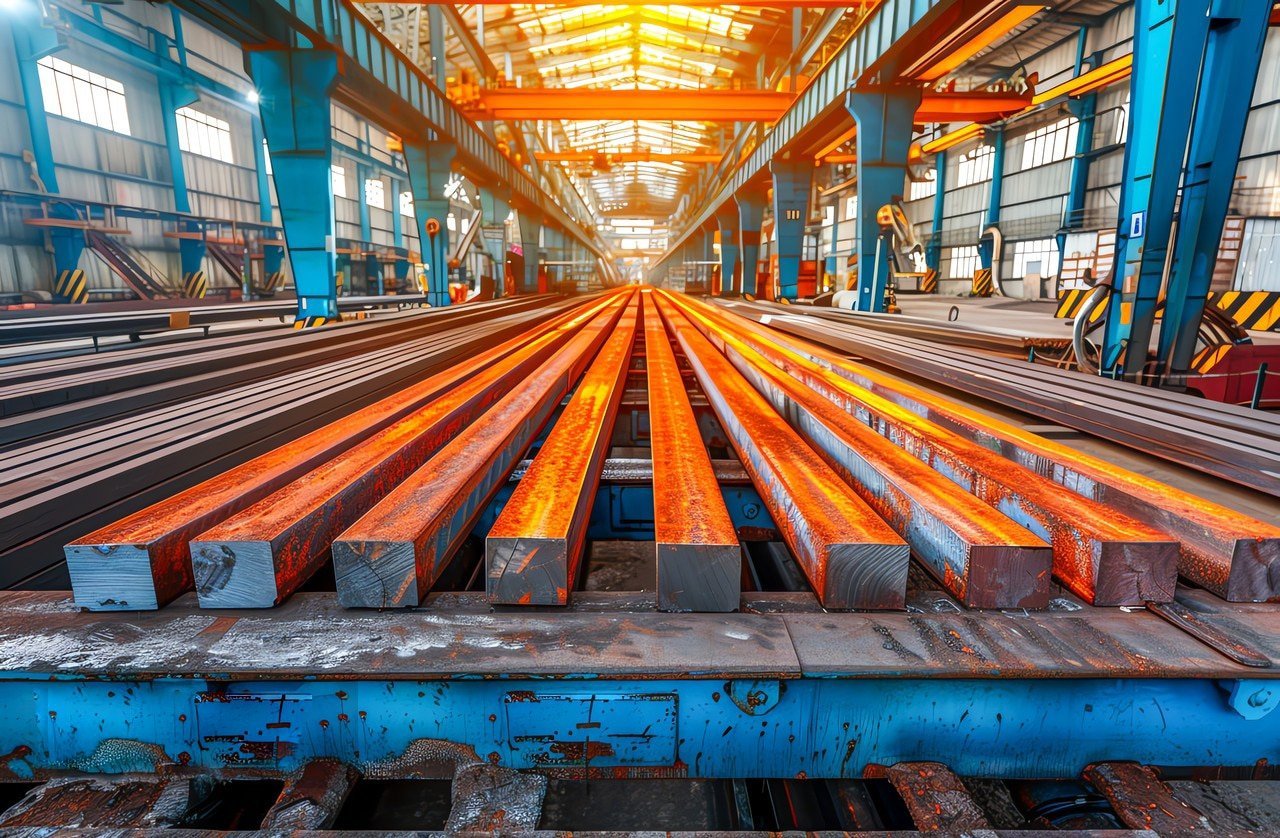


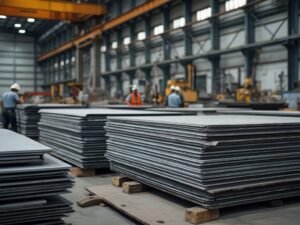
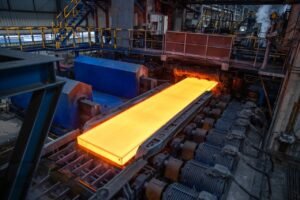
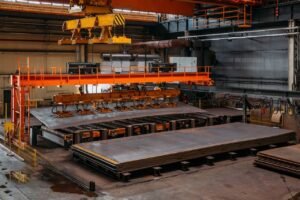
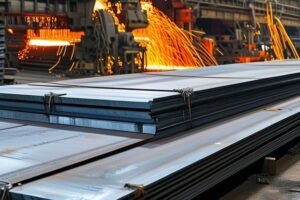
![304 Stainless Sheet Price per Ton 2025 [Predictive Insights & Key Factors]](https://mfysteel.com/wp-content/uploads/2025/06/18t07-300x200.png)
